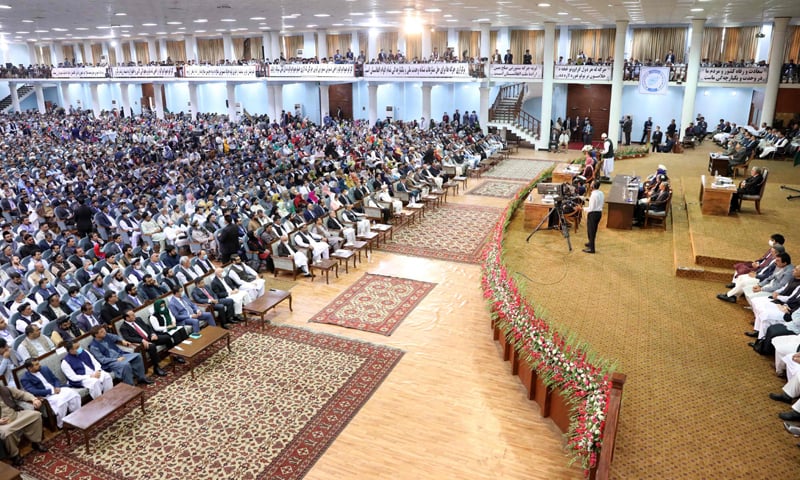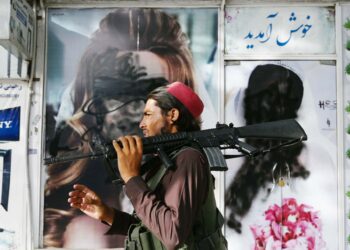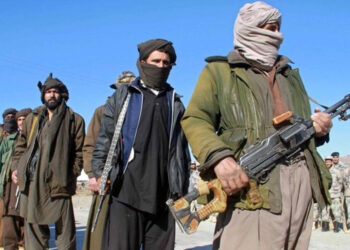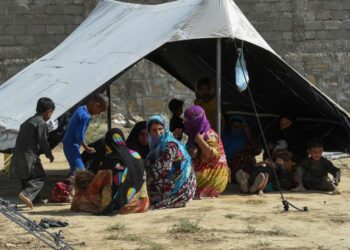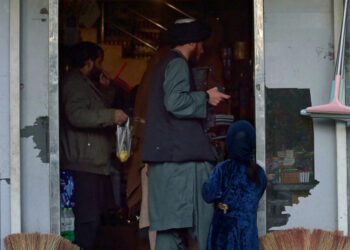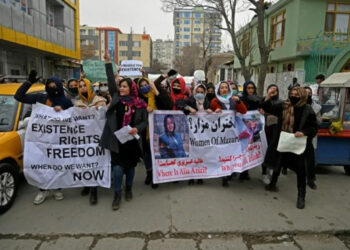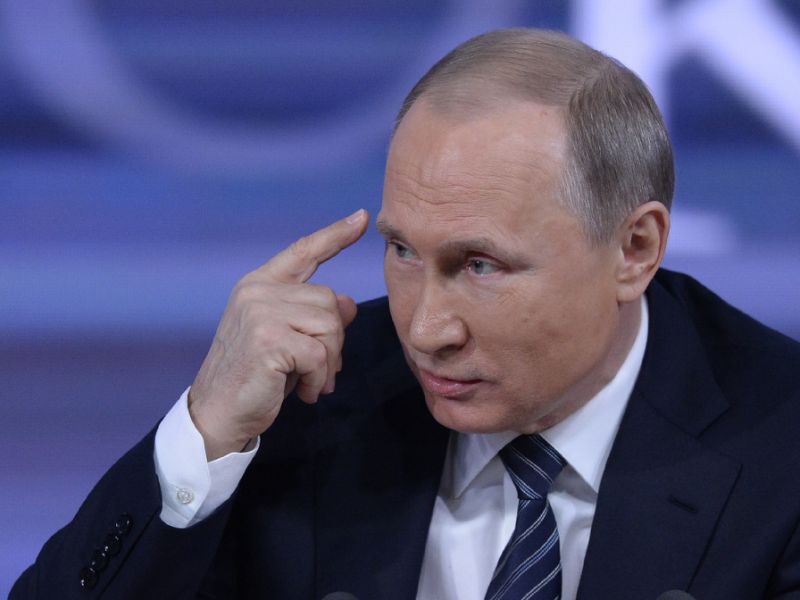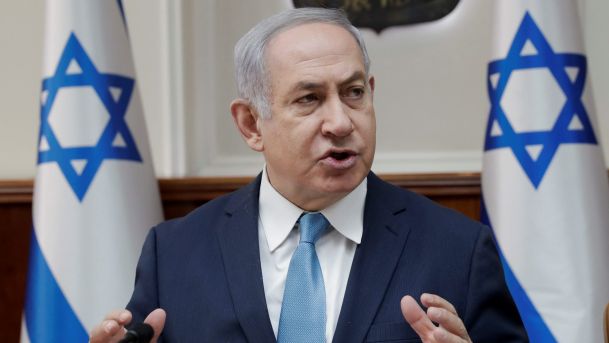Despite intense international efforts for a peace settlement in Afghanistan, the county is on the verge of a bloody conflict that will have irreversible consequences for the world.
A well-respected and centuries-old Afghan traditional system of resolving complex domestic matters called “Loya Jirga” may hold the key to a peaceful settlement. The Afghan government and the Taliban negotiating teams in Doha must leave the current futile peace process and focus on a one-item agenda: convening a Loya Jirga.
Layers of Conflict
Peace negotiations and international diplomacy for a political settlement are at a standstill. Furthermore, the country’s 20 years of progress are at risk, not only with the Taliban’s rapid takeover of districts but also due to the regrouping and uprising of former fighters who fought against the Soviet invasion. These groups oppose the Taliban and have picked up arms to protect their areas.
Although the armed groups are instrumental in preventing the Taliban from capturing key provinces, they pose a danger to law and order and add layers to the conflict. In the meantime, regional countries striving to extend their influence further can easily exploit such groups and use them to push their agendas.
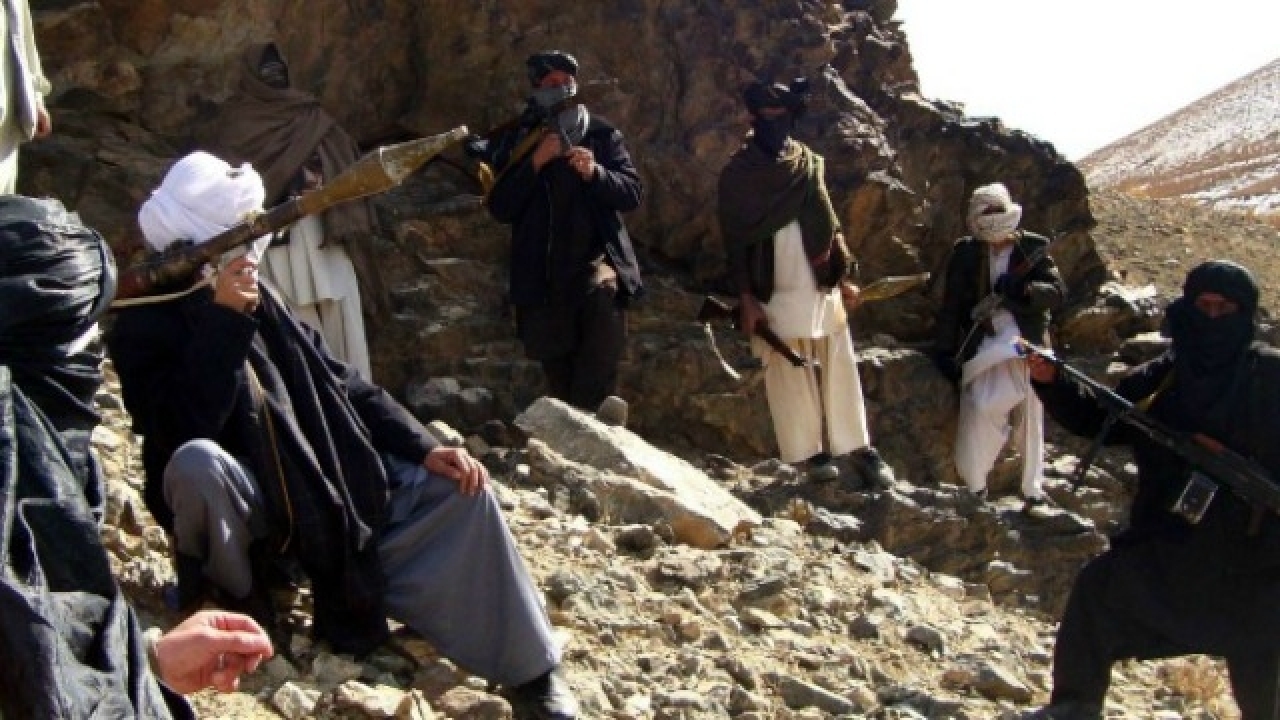
Afghan forces are far stretched and fighting in several parts of the country. Due to the sudden removal of US air support and a poorly equipped national air force, the Afghan army finds it difficult to quickly deploy and fight on several fronts.
On the other hand, the Taliban morale was bolstered when they signed a peace agreement with the United States and the international community began to engage with them diplomatically. On the battlefield, this recognition has emboldened Taliban fighters. They now believe they can take over the country with force while the world will work with their government regardless.
The war intensifies every day, killing civilians in large numbers and deepening their miseries while no effective program for a peaceful settlement is currently in the works.
Loya Jirga
The Taliban and Afghan government negotiating teams in Doha have moved at a snail pace and won’t produce a viable political solution on time to prevent the human catastrophe in the making. Many around the world are contemplating and scratching their heads over a way forward.
Convening a Loya Jirga has been overlooked but may bring both sides together and result in a political solution.
The Loya Jirga, or “grand council or assembly,” is at least a three centuries-old institution that has been convened at times of crisis or to settle issues of national importance. It is a mass gathering that brings together influential elders and community leaders from various ethnic, religious, and tribal communities to discuss and resolve problems on an impartial basis. At local levels, Afghans use the system to resolve local disputes and matters affecting their communities.
In the past, Loya Jirga has been used to approve a new constitution, declare war, choose a new king, or adopt social or political reforms. King Amanullah Khan convened Loya Jirga in 1923, 1924, and 1928, each bringing together more than 1,000 delegates. He used the system to raise support for his modernist reform agenda and adoption of Afghanistan’s first-ever modern constitution in 1923.
The current Afghan constitution recognizes Loya Jirga, and its specific powers include amendments to the constitution. Most Afghans highly respect the process as it is a consensus-based impartial decision-making mechanism that includes key representatives of all Afghans who freely debate the issue at hand and reach a conclusion.
Preventing Bloody Conflict
Those searching for a peace settlement in Afghanistan must focus on convincing the Taliban and the Afghan government to agree on convening a Loya Jirga.
Negotiating teams of the two sides in Doha should immediately halt the current peace talks. Instead, they should discuss the holding of the Loya Jirga and seek to reach a consensus on the process, number of and names of specific participants.
The two sides must delegate all authority to the Loya Jirga, whose decisions will be deemed binding. Both sides must agree to embrace them.
The United Nations must assist in the grand assembly’s technical and administrative aspects. It is also essential that the international community in general and regional countries in particular support the process and officially recognize Loya Jirga’s pronouncements.
Many political figures, community leaders, and influential elders have restrained themselves from getting involved with the Taliban or the government in the past 20 years. These individuals may be acceptable as delegates to the Loya Jirga to both the government and the Taliban.
Therefore, agreeing on the specific individual participants will not be a difficult task for the two sides. However, securing a delegation of authority who will make an impartial decision on behalf of the Taliban and Afghan government will be challenging, especially since the Taliban believe they can take over with force and are not obligated to be part of an arrangement. International diplomatic pressure on both sides can address the challenge.
Loya Jirga is a deeply rooted and well-respected Afghan traditional process to resolve challenging national problems. Afghans have used it in the past to effectively resolve and reach consensus on major issues.
The process could play an effective role in preventing a bloody internal conflict and reaching a peaceful settlement between the Taliban and the Afghan government.
Disclaimer: The views and opinions expressed here are those of the author and do not necessarily reflect the editorial position of The Globe Post.

